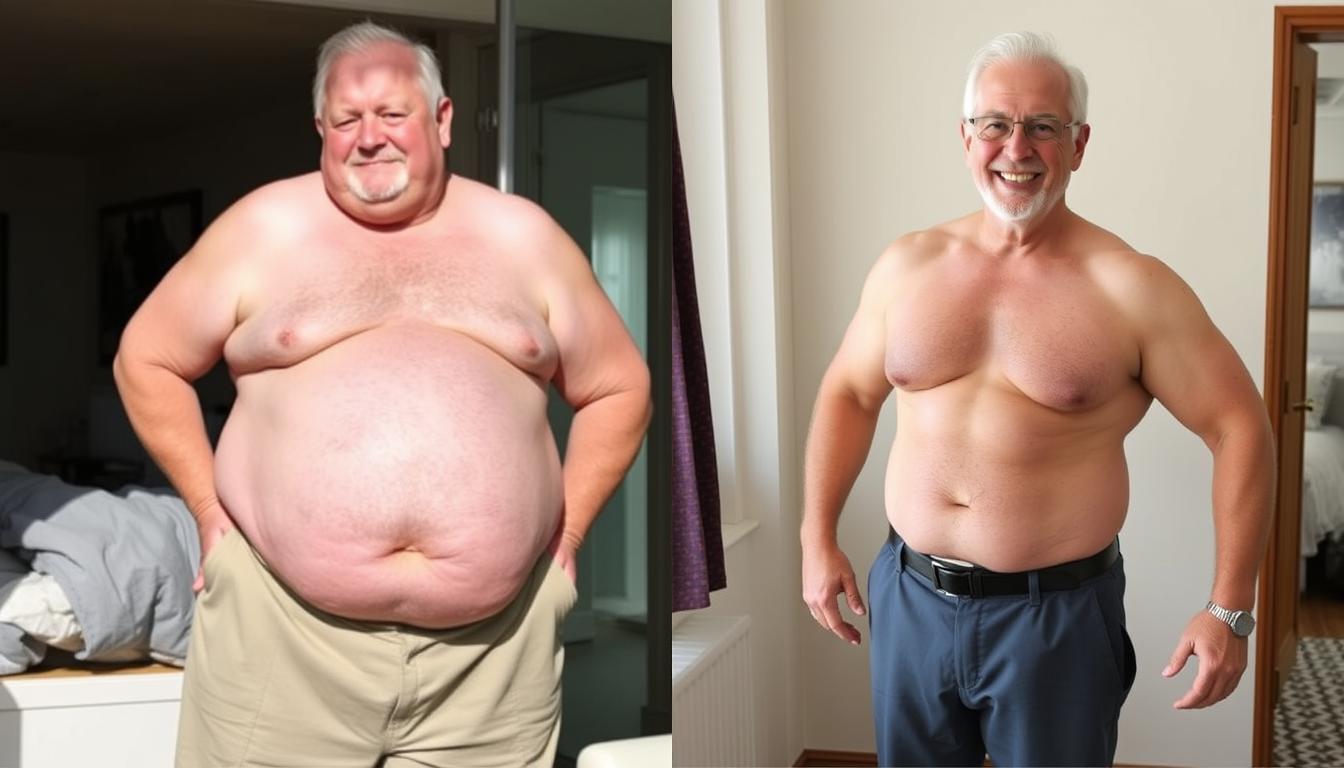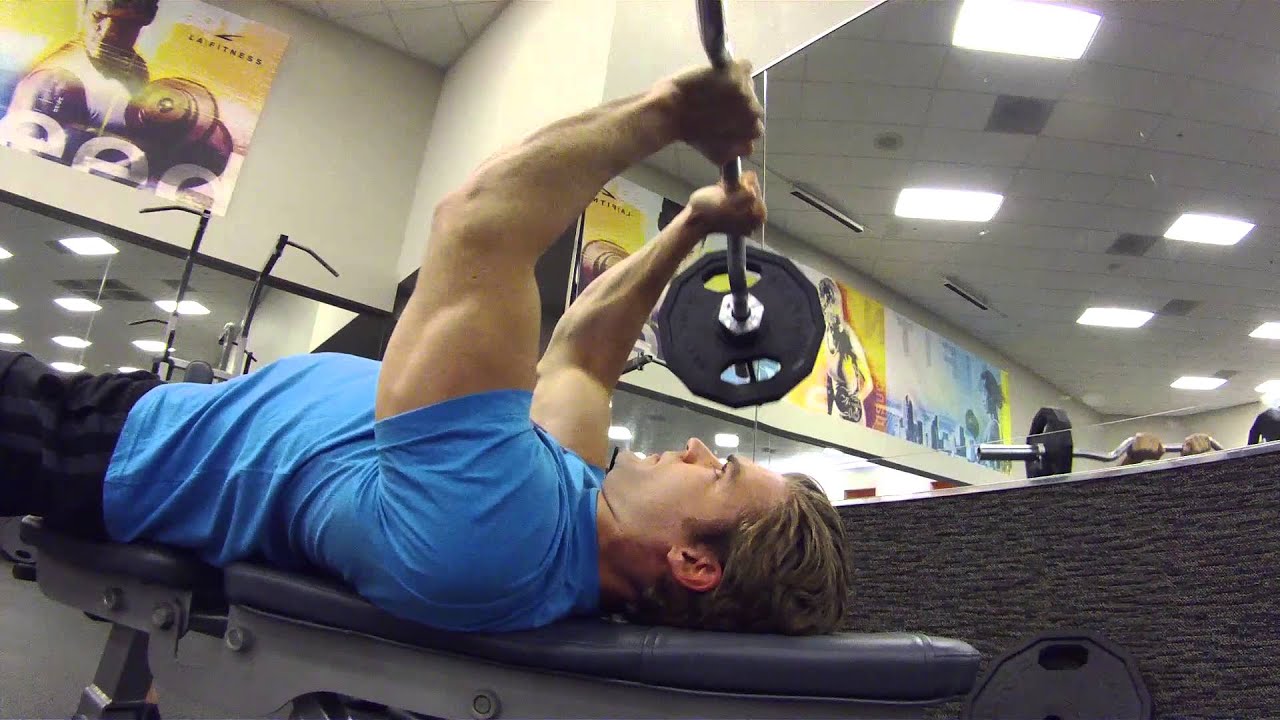10 Exercises That Burn the Most Calories
Physical activity plays a vital role in achieving health goals, especially when prioritizing energy expenditure. Certain workouts stand out for their ability to maximize calorie burn per session. While running often leads the pack, other dynamic options cater to diverse preferences and fitness levels.
Factors like body weight and workout intensity significantly influence results. A 180-pound person might torch nearly twice as many calories as someone lighter during the same activity. Duration and pace also matter – pushing harder for shorter periods can yield comparable benefits to longer, moderate sessions.
This guide explores activities proven to accelerate energy output efficiently. From cycling sprints to explosive interval training, each option offers unique advantages. We’ll break down specific calorie counts and provide actionable tips to help tailor routines to individual needs.
Key Takeaways
- Running delivers the highest hourly calorie expenditure
- Body weight impacts calorie burn rates significantly
- HIIT workouts combine intensity and time efficiency
- Cycling variations adapt to different fitness levels
- Consistent effort matters more than single-session extremes
Understanding these principles helps create sustainable fitness habits. Whether aiming for weight management or improved endurance, selecting the right activities makes reaching targets more achievable. Always consult a healthcare provider before starting new physical regimens.
Understanding Calorie Burn and Its Impact on Your Body
Your body constantly uses energy, whether you’re climbing stairs or sitting still. This process relies on metabolic equivalence (MET) – a scale measuring activity intensity. Higher MET values mean greater energy demands, directly affecting how many calories you expend.
What Determines Your Energy Expenditure?
Three key elements shape calorie burn rates:
- Body composition: Muscle mass requires more energy than fat
- Physical stats: Taller/heavier individuals naturally use more calories
- Activity duration: A 30-minute jog burns twice as much as 15 minutes
Intensity vs. Time Investment
A 150-pound person burns about 100 calories during a 15-minute sprint session. The same individual might need 30 minutes of brisk walking to match that output. High-intensity efforts create an afterburn effect, where your body continues using extra energy post-workout.
Age and fitness level also play roles. A 25-year-old athlete typically burns calories faster than a 65-year-old beginner doing identical exercises. Tracking these variables helps customize routines for maximum efficiency.
High-Intensity Workouts: Exercises That Burn the Most Calories

Maximizing energy output requires strategic movement patterns. High-intensity interval training (HIIT) alternates between explosive efforts and recovery phases, creating metabolic demands that extend beyond workout sessions. This approach triggers excess post-exercise oxygen consumption, keeping calorie burn elevated for hours.
Benefits of HIIT and Interval Training
HIIT protocols vary but share core principles. A typical session might involve 30 seconds of all-out effort followed by 60 seconds of light activity. The Tabata method uses 20-second sprints with 10-second rests, repeating eight times. Studies show these bursts can:
- Boost metabolism for 24-48 hours post-workout
- Improve cardiovascular capacity faster than steady-state cardio
- Burn 12-15% more calories than traditional routines
Comparing Popular High-Impact Activities
Not all intense movements deliver equal results. Here’s how top options stack up for a 160-pound individual:
| Activity | 30-Minute Burn | Key Advantage |
|---|---|---|
| HIIT Circuits | 400-600 | Time efficiency |
| Jumping Rope | 300-500 | Portability |
| Hill Sprints | 450-550 | Leg power development |
| Battle Ropes | 250-400 | Upper body engagement |
Jump rope stands out for accessibility – it requires minimal space and equipment. Pairing it with bodyweight exercises creates versatile routines. Always start with 1:3 work-to-rest ratios, gradually increasing intensity as endurance improves.
Cardio Workouts That Torch Calories

Effective cardiovascular training remains a cornerstone for sustainable energy expenditure. Three classic movements dominate this category, each offering distinct advantages for different fitness levels and preferences.
Running, Swimming, and Cycling Explained
Running leads in calorie elimination rates. A 155-pound person expends 808 calories hourly at moderate pace. Body weight significantly impacts results – lighter individuals use 652, while heavier counterparts reach 965.
Swimming provides joint-friendly alternatives. Casual laps eliminate 492 calories hourly for 155-pound individuals. Intense sessions spike to 680, engaging multiple muscle groups simultaneously.
Cycling adaptations cater to varied goals. Pedaling at 12-13 mph removes 544 calories, while 16-19 mph efforts skyrocket to 816. Stationary bikes offer comparable benefits for indoor enthusiasts.
Maximizing Your Cardio Routine for Better Results
Implement these strategies to amplify output:
- Alternate sprints with recovery periods during runs
- Use kickboards for targeted swimming intervals
- Add hill climbs to cycling routes twice weekly
Walking serves as accessible entry point, burning 224-340 calories hourly based on pace. Gradually increase duration by 10% weekly. Pair morning walks with afternoon strength sessions for compounded effects.
Consistency outweighs intensity extremes. Three 30-minute cycling sessions often yield better long-term results than occasional marathon rides. Track progress using heart rate monitors to maintain optimal effort zones.
Strength and Weight Training’s Role in Calorie Burn

Strength training does more than build muscle – it supercharges your body’s energy use around the clock. While cardio workouts dominate hourly burn rates, resistance work offers lasting metabolic benefits that amplify results over time.
How Muscle Increases Resting Calorie Burn
Every pound of muscle torches 6-10 calories daily at rest – three times more than fat. A 150-pound person burns 204 calories during basic weight sessions. Intense routines double that output to 408 calories hourly.
This metabolic boost compounds as lean mass increases. Adding five pounds of muscle can burn an extra 150 weekly calories without extra effort. Compound lifts like squats maximize gains by engaging multiple muscle groups simultaneously.
Understanding EPOC After Exercise
Strength workouts trigger excess post-exercise oxygen consumption (EPOC). This “afterburn” keeps metabolism elevated for 24-48 hours. Studies show resistance training increases post-workout calorie burn by 11% compared to steady cardio.
Three key factors enhance EPOC:
- Heavy weights (70-85% max capacity)
- Short rest periods (30-60 seconds)
- Full-body movements like deadlifts
Thrusters combine squats with overhead presses for maximum energy demand. Pair these moves with moderate cardio for balanced routines that optimize both immediate and lasting calorie expenditure.
Effective At-Home Calorie-Burning Exercises

Transform your living space into a calorie-torching zone with zero equipment. Bodyweight movements offer surprising intensity when performed with proper form and pacing. These routines work for small apartments and busy schedules alike.
Powerful Moves Using Only Your Weight
High-knee running activates multiple muscle groups while burning 3.5-7 calories per minute. Alternate with butt kicks (8-12 calories/minute) to target different leg muscles. Both options boost heart rate quickly for short-burst sessions.
Mountain climbers deliver full-body engagement at 7-12 calories per minute. This dynamic movement strengthens your core while improving coordination. Maintain a straight back position to maximize effectiveness.
Jumping jacks remain a timeless choice, eliminating 8-11.8 calories per minute. Modify intensity by adjusting speed or switching to low-impact steps. Pair them with squats for compound benefits.
Aerobic dance combines rhythm with results at 6.6-9.8 calories per minute. Follow online tutorials or create your own routines. This approach makes workouts feel like entertainment rather than exercise.
Sample 30-Minute Routine
- 5-minute warm-up: Arm circles and knee lifts
- 3 rounds: 1 minute mountain climbers, 30 seconds rest
- 2 minutes jumping jacks (vary tempo each round)
- 5-minute cool-down: Stretching and deep breathing
Calisthenics sessions burn 140-200 calories in half an hour through movements like push-ups and planks. Beginners can start with knee push-ups and wall sits. Advanced practitioners might add explosive jumps between reps.
Quick Calorie Burn: Exercises for Busy Schedules

Time-crunched individuals often struggle to fit effective workouts into packed agendas. Short, intense sessions offer a practical solution – research shows focused efforts can match longer routines when properly structured.
High-Intensity Routines in 30 Minutes or Less
Sprint interval training (SIT) delivers results fast. This method alternates 30-second maximum efforts with 3-minute recovery periods. Five cycles torch 100-200 calories in just 15 minutes – ideal for lunch breaks or pre-work sessions.
Three proven options combine intensity with time efficiency:
| Activity | Duration | Calories Burned* | Per-Minute Rate |
|---|---|---|---|
| Swimming | 30 minutes | 198-294 | 6.6-9.8 |
| Stationary Cycling | 30 minutes | 210-311 | 7.0-10.4 |
| SIT Protocol | 15 minutes | 100-200 | 15-22 (active periods) |
*Based on 150-pound individual
Morning sprints boost metabolism early, while evening swims aid recovery. Stationary bikes let you multitask – catch up on podcasts while pedaling vigorously.
Sample routines for maximum efficiency:
- 15-minute SIT: 5 rounds (30s sprint + 3m walk)
- 20-minute hybrid: 10m cycling + 5m bodyweight circuits + 5m stretching
- 30-minute power session: 12m swim + 10m rope jumps + 8m core work
Track effort using heart rate zones – aim for 80-90% max during intense intervals. Three weekly sessions yield better long-term results than irregular marathon workouts. Consistency beats duration when managing tight schedules.
Expert Opinions on Calorie-Burning Workouts
Fitness professionals emphasize balancing intensity and sustainability for lasting results. Monitoring heart rate zones proves crucial – staying within 70-85% of maximum capacity optimizes energy expenditure during sessions. This approach helps align physical efforts with personal health objectives.
Insights From Exercise Physiologists
Experts highlight cardio activities like cycling for immediate calorie elimination. However, strength training builds metabolic advantages that compound over weeks. Combining both methods creates balanced routines supporting weight management and endurance.
Cardio vs. Strength: Expert Recommendations
High-intensity interval workouts deliver quick results but require careful recovery planning. For long-term health, trainers suggest dedicating 3 days to resistance exercises and 2 to cardio. Tracking heart rate variability helps adjust intensity based on daily energy levels.
Consistency remains key – short daily sessions often outperform sporadic marathons. Tailor your routine to match fitness history and primary goal. Always prioritize proper form over speed to maintain heart rate efficiency and prevent injury.



